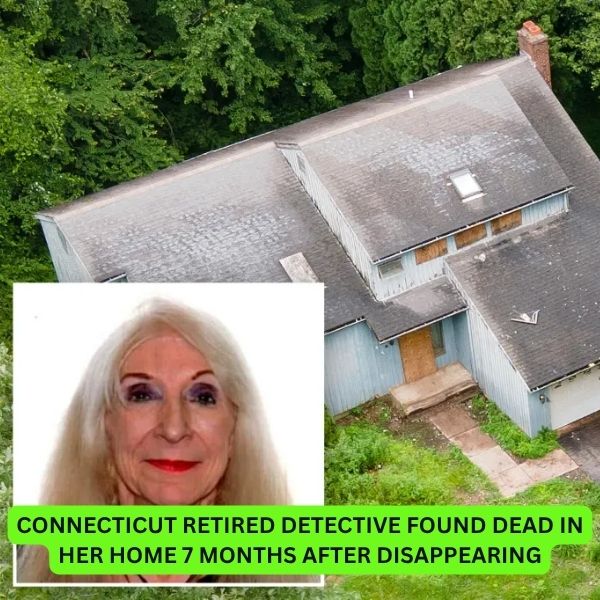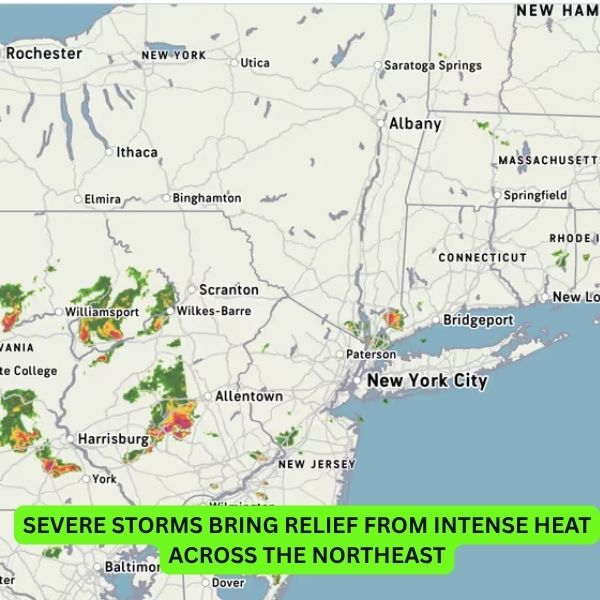A tragic discovery in Glastonbury, Connecticut has left many asking how a woman could vanish inside her own home and go undiscovered for more than half a year.
Retired police detective Mary Notarangelo, 73, was reported missing in mid-2024. Last heard from on June 12, she texted a friend about being in pain after a fall. That was the last anyone heard from her. Multiple welfare checks followed, prompted by a concerned friend in early July, but police couldn’t search the house thoroughly. The home was buried in six-foot-high piles of debris, rotting food, dead animals, and filth so severe that cadaver dogs wouldn’t enter. A drone became entangled just seconds after deployment.
Despite several attempts between July and November—including at least four welfare checks—her body wasn’t discovered until February 24, 2025. A cleanup crew found her just 12 feet from the front door, hidden under collapsed garbage.
The level of hoarding was extreme. Investigators were physically unable to get through the clutter. Even specialized equipment and trained dogs failed to locate her.
Mary had served as a detective and sergeant for the Bridgeport Police Department before retiring due to injury. She was known to be private, spiritual, and a lover of animals. Her home included numerous pet birds, a cat, and a dog, many of which sadly perished.
The case highlights the deadly consequences of severe hoarding and social isolation. More than just a messy home, this was a mental health emergency that turned fatal. The house was deemed too dangerous for emergency responders to navigate, making the recovery of Mary’s body difficult and delayed.
This heartbreaking incident raises important questions about how welfare checks are conducted and whether emergency response systems are equipped to deal with complex cases involving mental health and hoarding.
Despite multiple visits, there was no forced entry or intervention beyond what protocol allowed. It has sparked debate over the need for specialized hoarding response units, legal authority for escalated searches, and better community outreach for at-risk individuals living in isolation.
Mary’s story is a sobering reminder of what can happen when someone falls through the cracks. It urges all of us to check in on loved ones, especially those living alone or showing signs of decline. Silence, in these situations, can be fatal.
If you suspect someone may be hoarding or becoming dangerously isolated, mental health services, elder care professionals, and wellness checks are available in most communities. What matters most is not ignoring the signs.















Leave a Reply